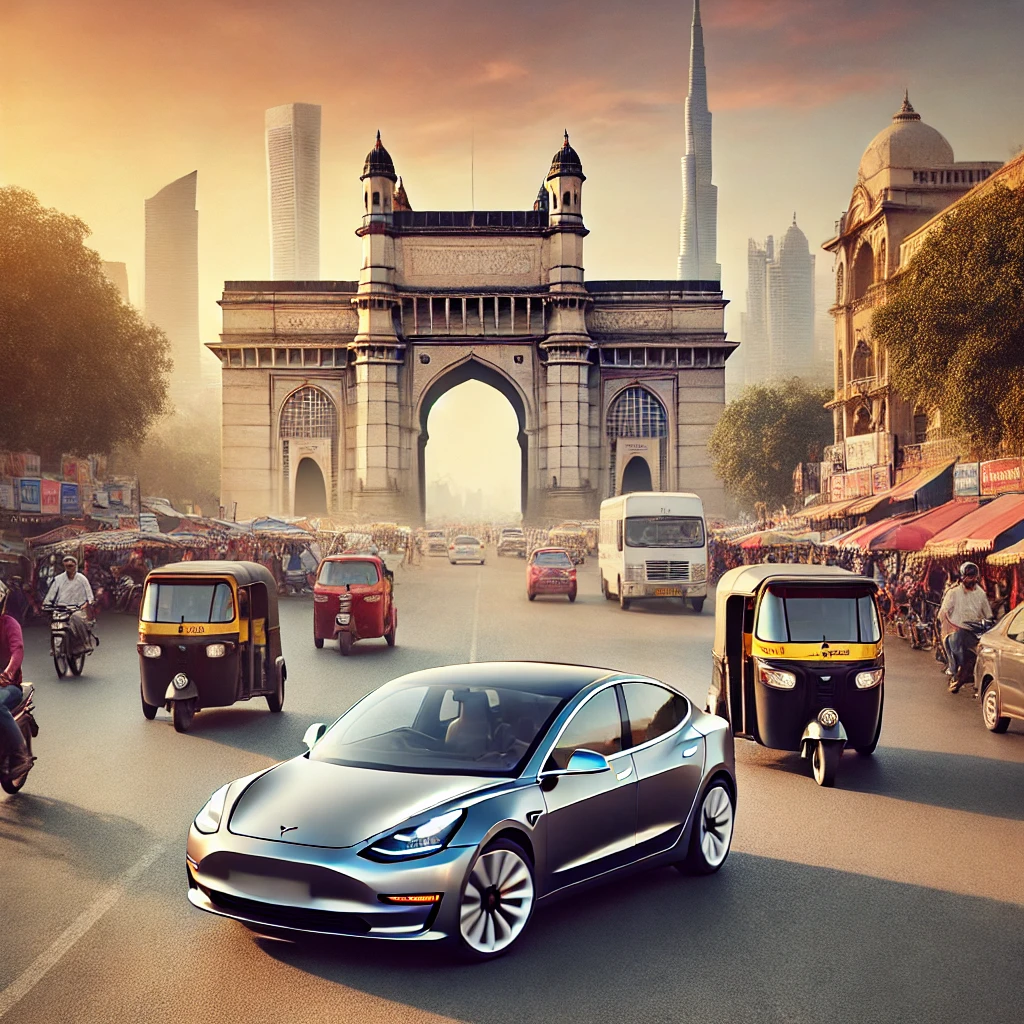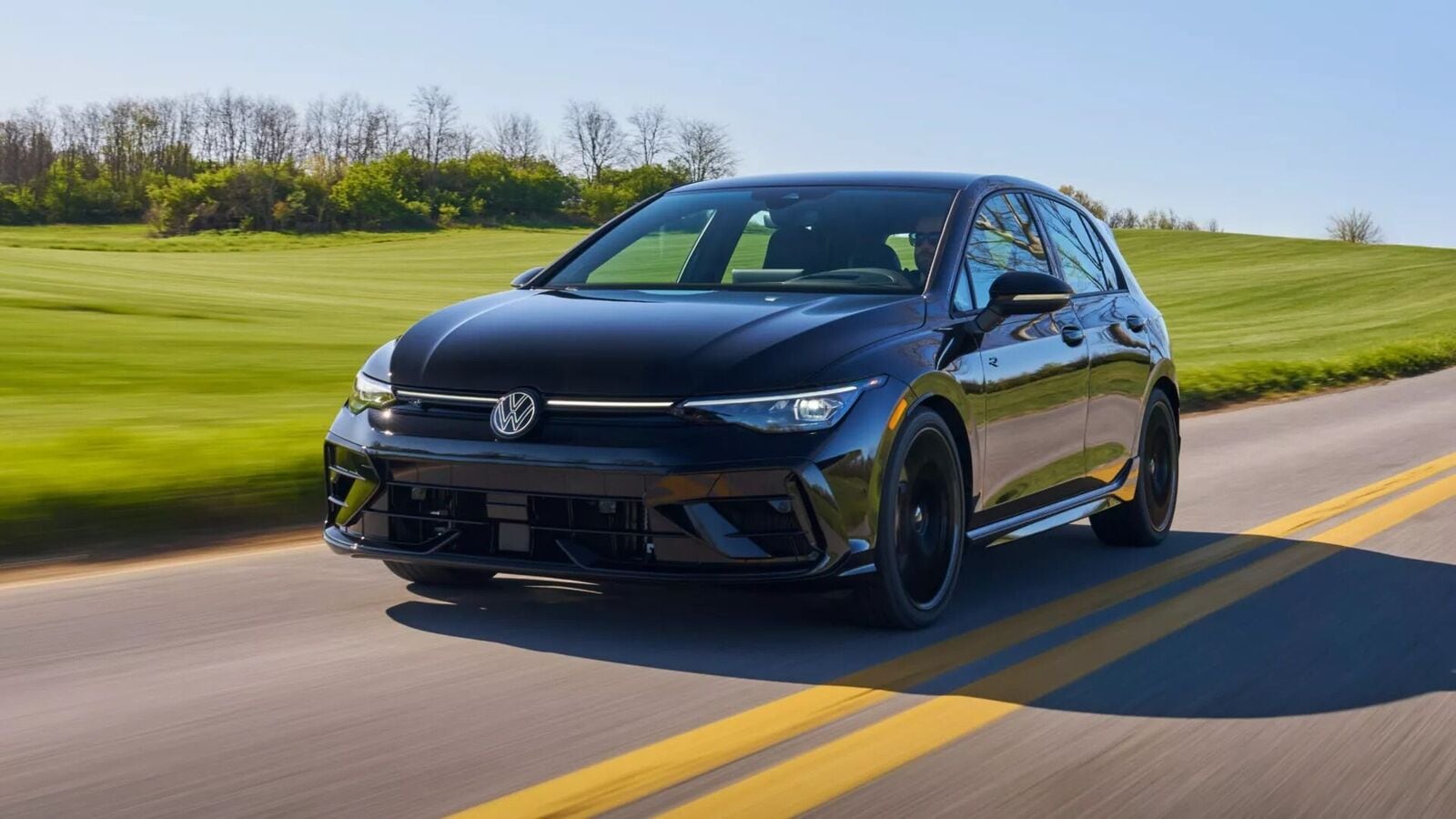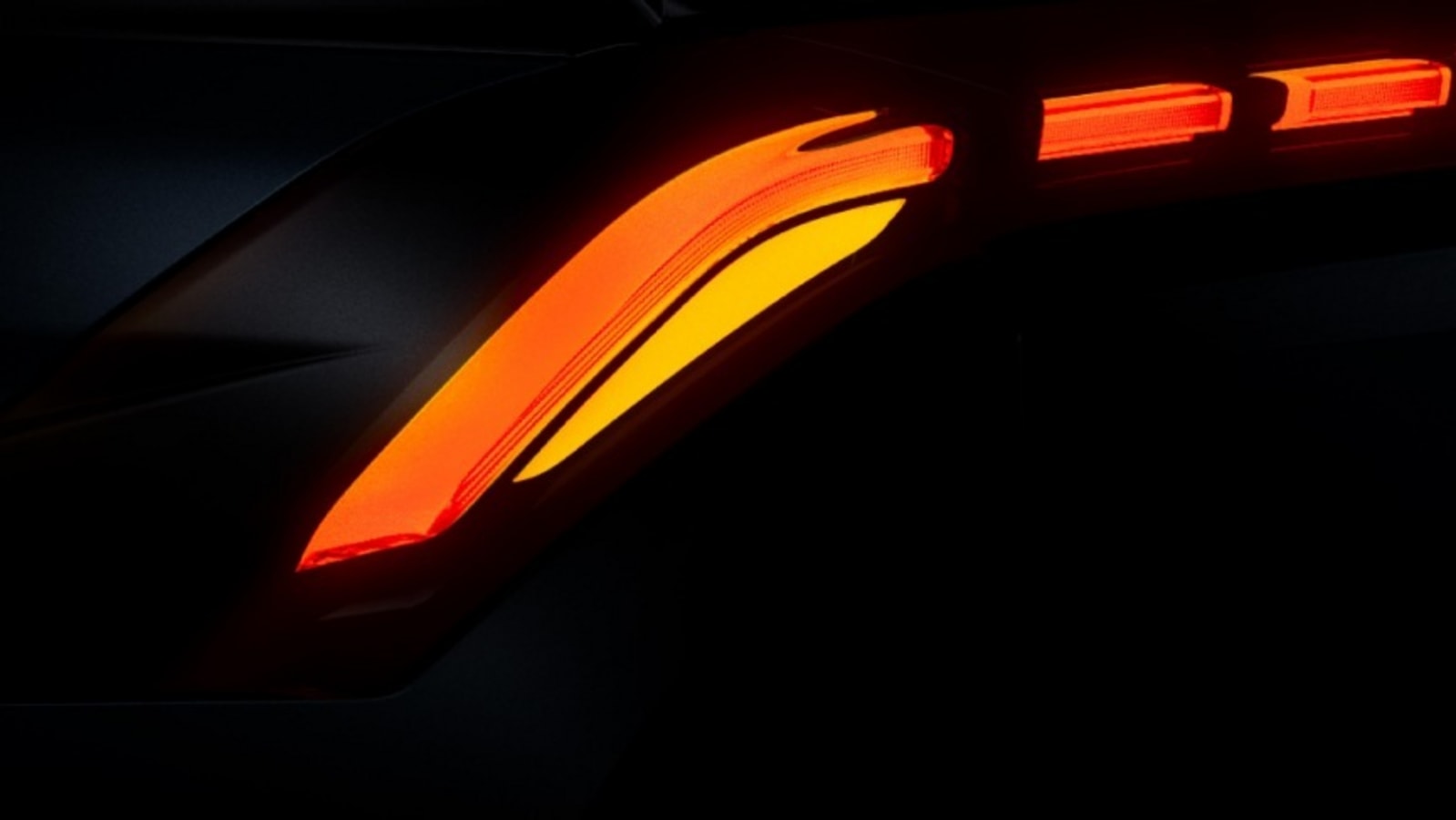India’s electric vehicle (EV) market is on the rise, with homegrown players like Tata Motors and Mahindra leading the way, along with global brands like BYD making a strong presence. With Tesla gearing up for entry into India, the competition is about to intensify. But can Tesla truly disrupt the Indian EV space? Let’s analyze how it stacks up against existing players and the key factors that could reshape the market.
1. Brand Power & Technology Advantage
Tesla is globally recognized as a pioneer in the EV industry, with cutting-edge technology, superior battery efficiency, and advanced autonomous driving features. Indian consumers associate Tesla with innovation and luxury, which gives it an edge over domestic brands like Tata and Mahindra, whose EVs primarily cater to the mid-range segment.
- Tesla’s Edge: Advanced battery management, longer range, and premium interiors.
- Challenges: High price sensitivity in India and a market still developing EV infrastructure.
2. Supercharger Network & Charging Infrastructure
One of Tesla’s biggest advantages is its extensive Supercharger network globally, which ensures faster charging compared to conventional chargers used by Tata, Mahindra, and BYD.
- Disruption Potential: If Tesla establishes its fast-charging Supercharger network in India, it can set a new standard for convenience and reliability in EV adoption.
- Challenge: India’s current charging infrastructure is still evolving, and Tesla will need to collaborate with government and private players to scale up quickly.
3. Competitive Pricing vs. Indian EV Players
Tesla’s global pricing strategy is premium, which may not align with India’s price-sensitive market dominated by Tata Nexon EV and Mahindra XUV400, both offering EVs under ₹20 lakh. Tesla’s imported models, like the Model 3, could be priced above ₹50 lakh, making them unaffordable for the mass market.
- Possible Game Changer: If Tesla sets up a Gigafactory in India, it can significantly reduce costs and introduce a locally manufactured Model 2 at a competitive price.
- Current Reality: Tata Motors and Mahindra dominate the affordable EV segment, making it difficult for Tesla to compete unless it brings in a budget-friendly option.
4. Tesla vs. BYD: The Global Rivalry Continues
BYD, the Chinese EV giant, has already entered India and is aggressively pushing its electric models like the BYD Atto 3 and e6. With a stronghold in battery manufacturing and cost-efficient EVs, BYD could be Tesla’s biggest challenge in India.
- Tesla’s Advantage: Brand value, advanced tech, and autopilot features.
- BYD’s Edge: Cost-effective models, quicker market penetration, and strong partnerships in India.
5. Government Policies & Import Tariffs
India imposes heavy import duties (up to 100%) on foreign-made EVs, which makes Tesla’s entry challenging. However, the Indian government has hinted at relaxing tariffs if Tesla commits to local production.
- Potential Disruption: A local Gigafactory could drastically reduce Tesla’s costs and allow it to compete directly with Indian brands.
- Current Barrier: Until Tesla makes a manufacturing commitment, its high-end models may struggle to gain mass adoption.
Final Verdict: Can Tesla Disrupt the Indian EV Market?
Tesla has the potential to shake up the Indian EV market, but success will depend on:
- Establishing local manufacturing to reduce costs.
- Expanding charging infrastructure.
- Competing with affordable models from Tata, Mahindra, and BYD.
- Aligning with Indian government policies and incentives.
If Tesla plays its cards right, it could redefine the Indian EV space, much like it did in global markets. However, the battle won’t be easy, as domestic and Chinese brands are already making strong inroads into the industry.
What do you think? Can Tesla truly disrupt the Indian EV market, or will Tata, Mahindra, and BYD continue to dominate?




